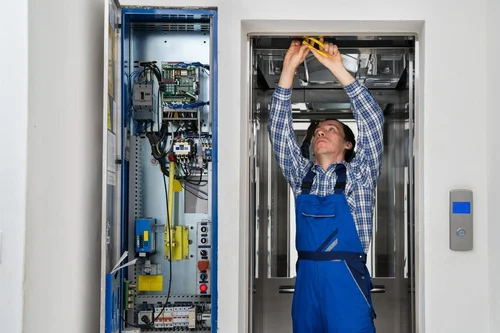Common causes of lift fires
Electrical Malfunctions
Such fires can be flamed inside the lift machinery by faulty wiring, overcharged circuits, and overheated parts. These sparks may easily ignite adjacent flammable materials like lubricants, insulation, or wiring itself, hence leading to a rapid blaze.
Friction and Overheating-Friction and Overheating-Worn-out parts like brakes, gears, and bearings produce enormous heat due to friction. Such heat may eventually ignite surrounding materials in confined areas, such as those found in lift shafts if not provided with proper servicing of lubrication. Poor Maintenance-Issues of improper routine checks and inspections lead to deterioration in components and characteristics of safety; examples include the brake linings and malfunctioning fire detection systems and blocked ventilation ducts-all which increase the possibility of unseen fire hazards that might go unnoticed and hence spread.
Improper Maintenance-Accidental Ignition-Smoking, lit candles, or other naked flames inside the lift car may ignite flammable items present due to improper cleaning/maintenance. In addition, sparks from tools or equipment used within the lift shaft for repairs or modification can become a severe fire hazard.
Accidental Ignition-In-vehicle Storage of Flammable Materials-Storing flammable liquids, chemicals, or gas cylinders inside the lift car constitutes one of the largest fire hazards in an elevator. Such materials are readily ignited by accidental sparks, friction, or electrical malfunctions, making for a hazardous condition to occupants trapped within the confined space.
Overload and malfunctioning doors-Stresses the machinery of the lift, thereby causing high friction, which leads to overheating and increases the possibilities of fire. The malfunctioning of doors traps flammable materials within the car of the lift. In case of fire, proper ventilation is obstructed, and the fire spreads.



